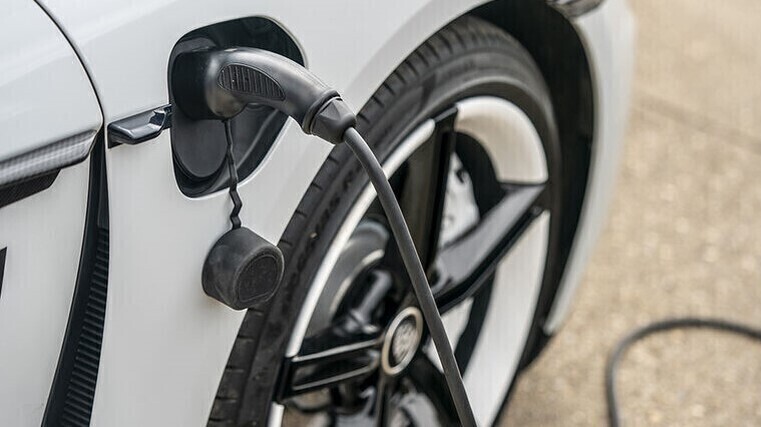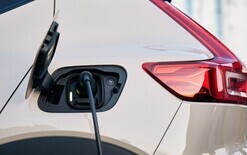Change recharging mindset

Two of the biggest challenges faced by new and potential drivers of electric vehicles (EVs) are range anxiety and speed of charging, but these shouldn’t be issues at all.
That’s according to a study by Chalmers University of Technology, Sweden, and the University of Delaware in the US.
Researchers there have discovered that a change in refuelling mindset – rather than improving the battery’s size or performance – could be the answer to these concerns.
The transition from filling up at a petrol station to recharging in the most convenient location requires a new way of thinking about refuelling a car, they say.
However, new EV drivers often remain in their old mindsets, and get stuck constantly checking the gauge and planning for the next charge point. This can lead drivers to feel anxious, but what if they are thinking about it all wrong?
Researchers have now identified three different types of behaviour around refuelling a car, which are described in the recently published paper, “Mental models guide electric vehicle charging”. They are:
• The monitor fuel-gauge model – the driver refuels when the fuel is running out.
• The planning a trip model – the motorist plans when and where they will stop to refuel their vehicle along a journey.
• The event-triggered model – the driver automatically plugs in as soon as arriving home or work.
The first model represents how most people refuel a petrol or diesel car, and the third model is the best for optimum EV usage.
“Experienced EV users have chosen an event or location to trigger their plug-in,” says Professor Frances Sprei, of Chalmers, who led the study along with Delaware’s Willett Kempton.
“For example, they will automatically plug in when they come home or get to work so it becomes part of their morning or evening routine, which makes it less of a chore to think about charging.
“There is a lot of emphasis on the time it takes to charge an EV, but if you do it overnight, it’s just the time it takes to plug it in. So really, it is just the long trips that you need to plan for.”
Right infrastructure in right places
This change in mindset requires the right infrastructure in the right places. The best places to charge for a long time are at home or work. People spend long periods of time there already, so charge points need to be available in these locations.
In contrast to this, a lot of European cities are focusing on roadside charging, which might conflict with the needs of other road users, such as pedestrians and cyclists.
“To be able to use EVs in the best possible way, policies need to adapt to ensure that people have access to charging infrastructure close to their home or workplace where possible”, says Sprei.
Biggest battery not always best
This change in mindset could also encourage more people to opt for an EV to reach global emissions targets. For potential owners, there’s also the question of battery size to reduce range anxiety.
“We do see a trend, that you need to have this really large battery,” says Sprei. “But according to other research, you will generally be okay with a slightly smaller battery than the range you would have on a petrol tank since the only time you would need a larger range is for a six-hour or longer journey, in which case the driver could charge on the go.
“There is too much emphasis on the need for really long ranges, and this leads to increased prices for the vehicles and increased resource use of the EVs.”
For most people’s everyday driving, the study shows that you don’t have to think too much about charging at all. In terms of cost, it’s also a lot cheaper to charge slowly overnight or at work than fast charging on the go, and it is better for the health of the battery.
The research has been published in the open-access article, Mental models guide electric vehicle charging, published in the journal Energy.





